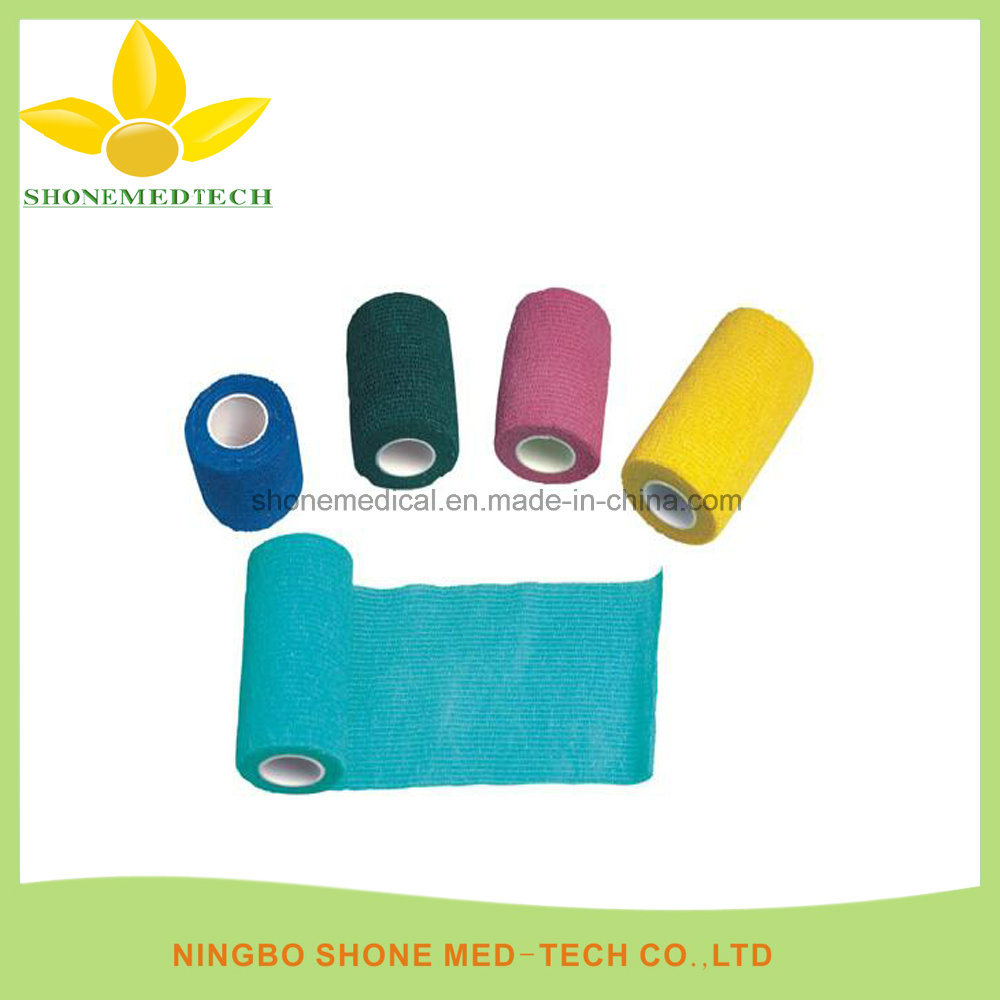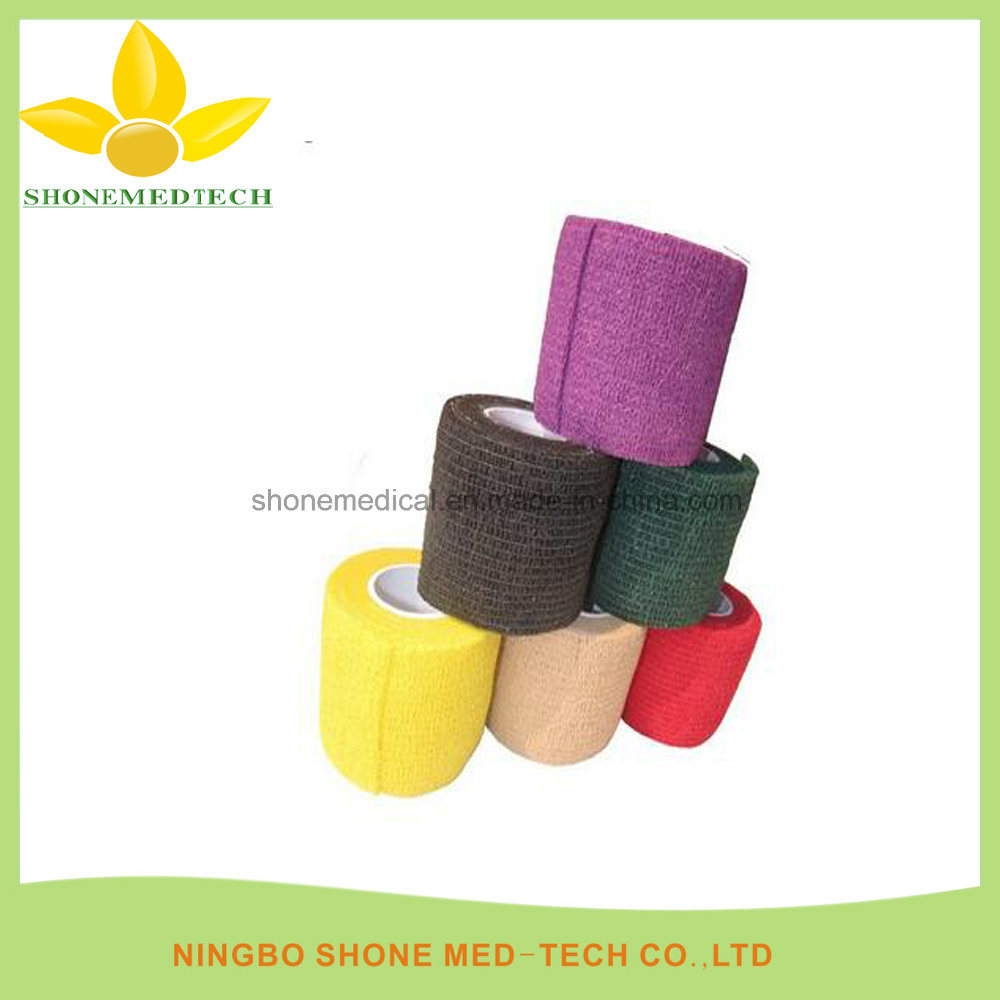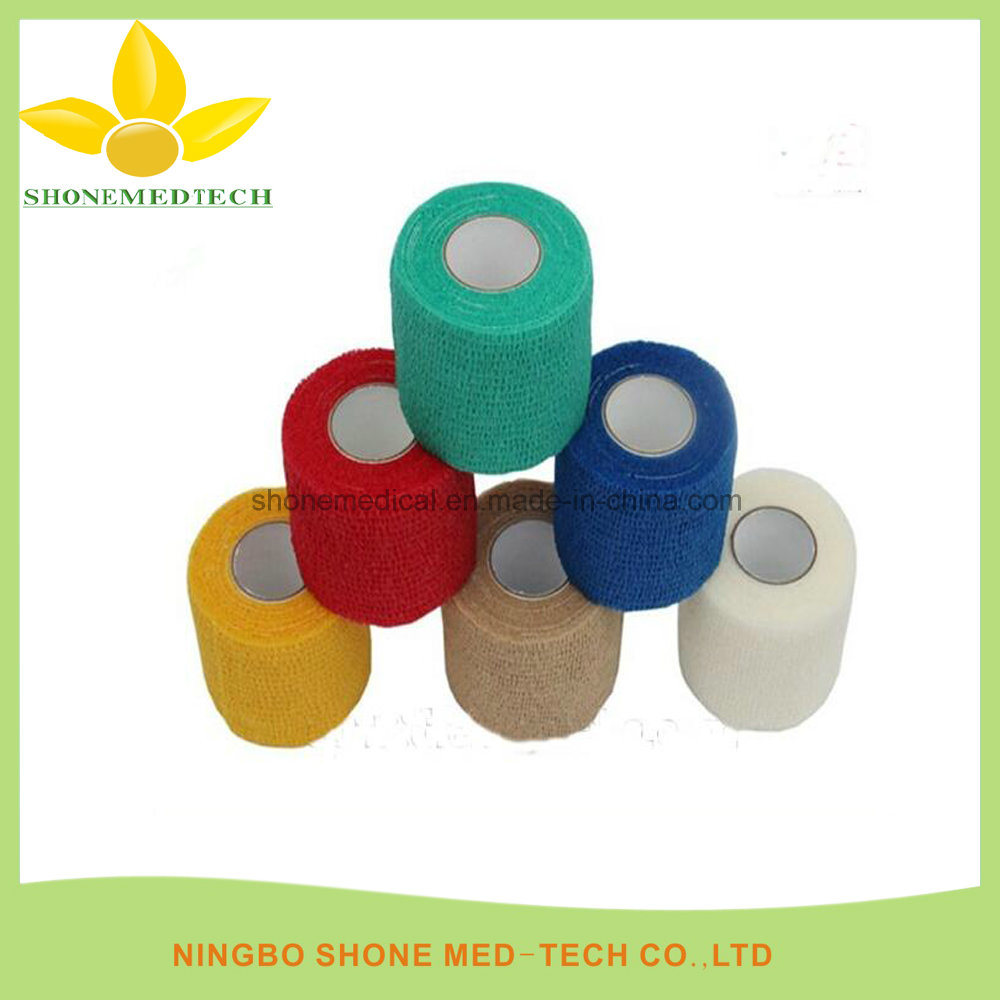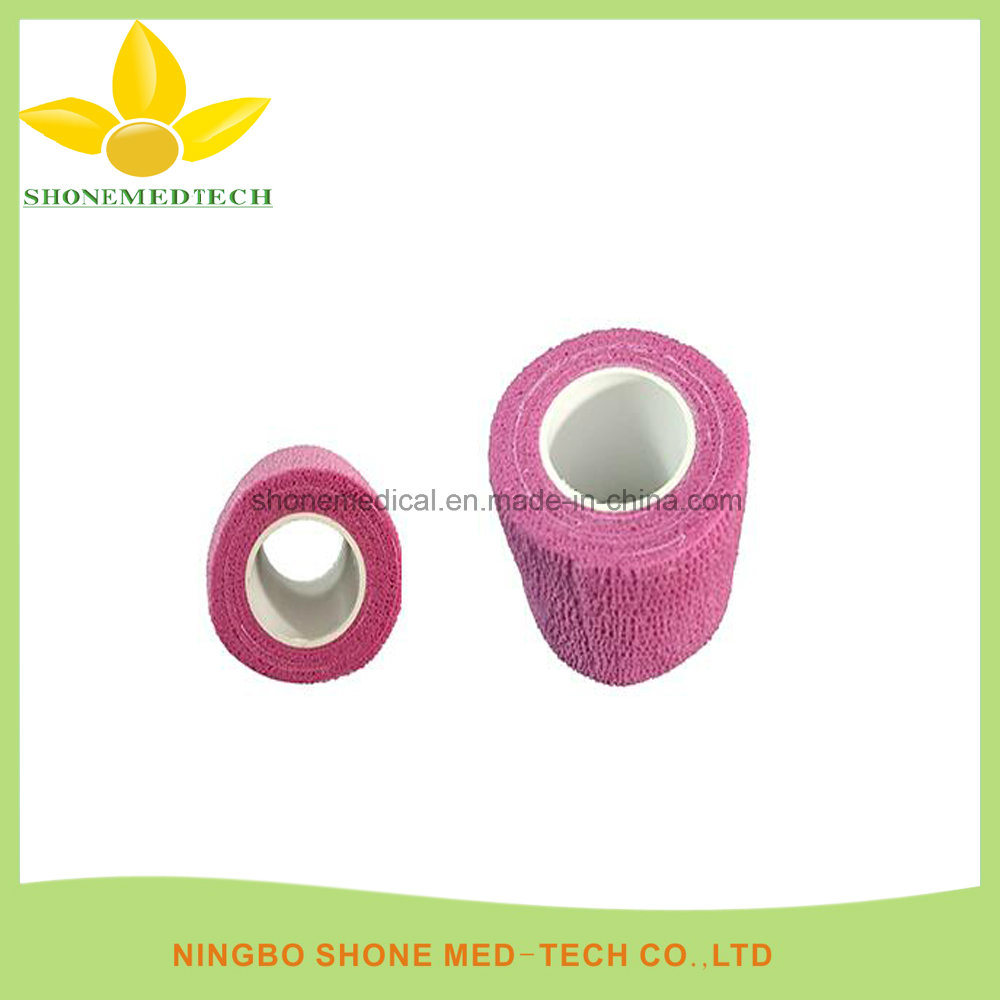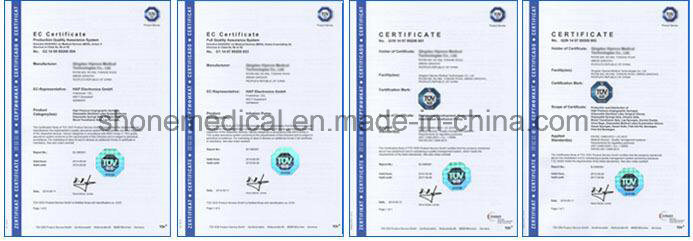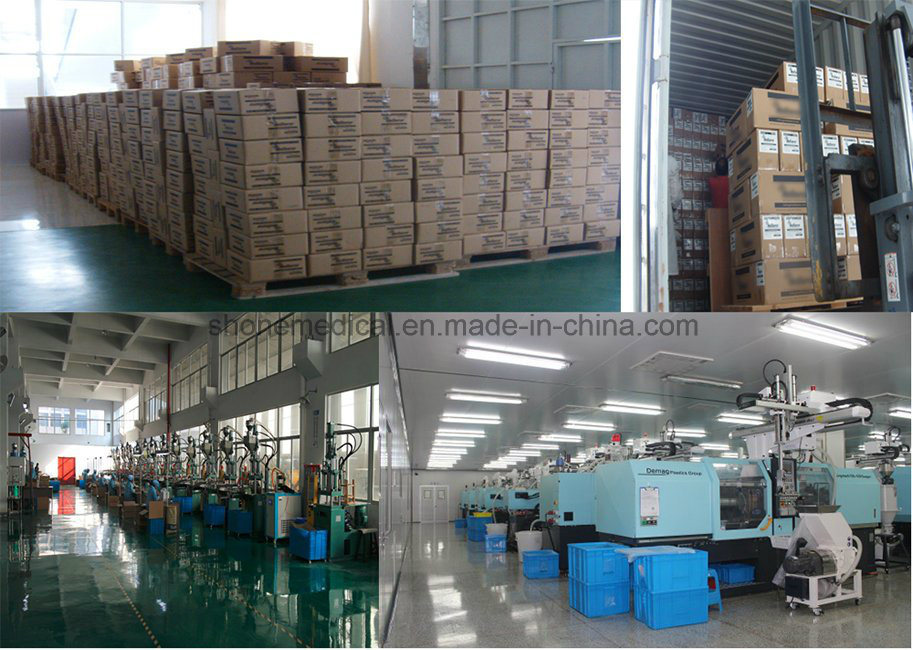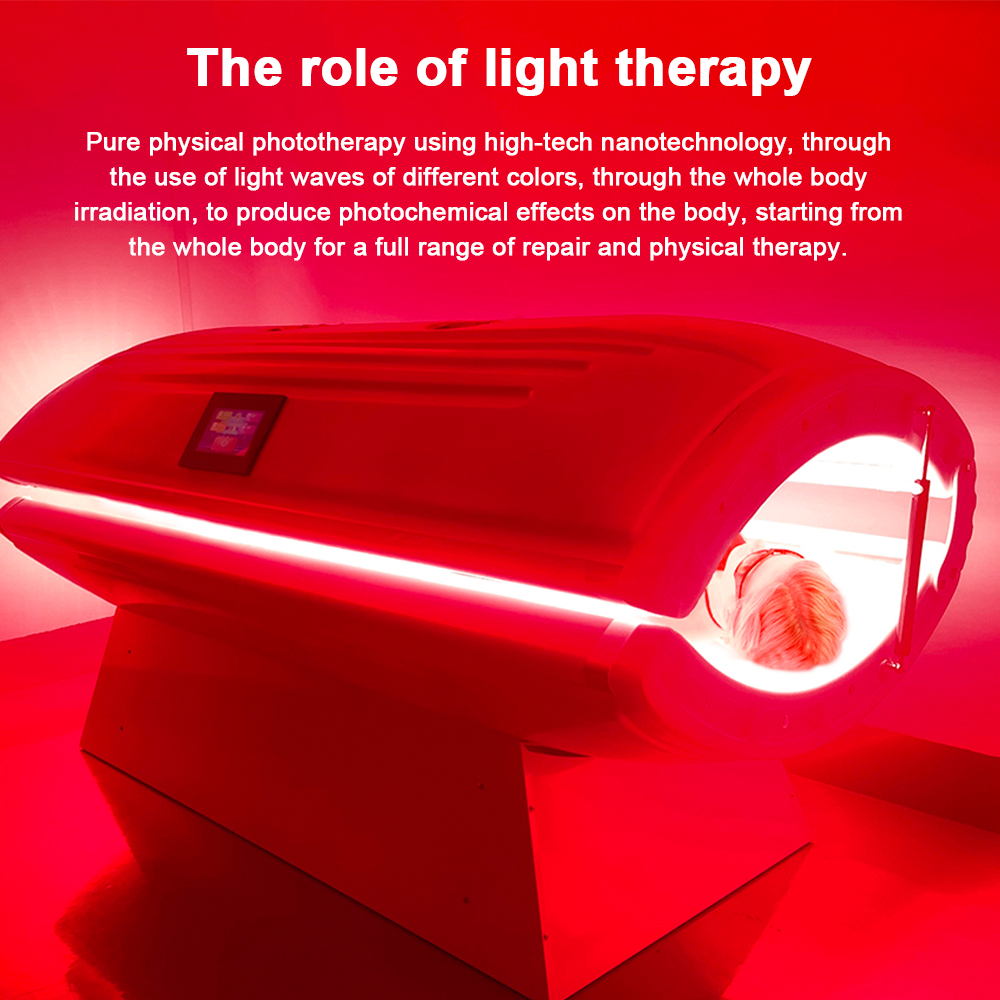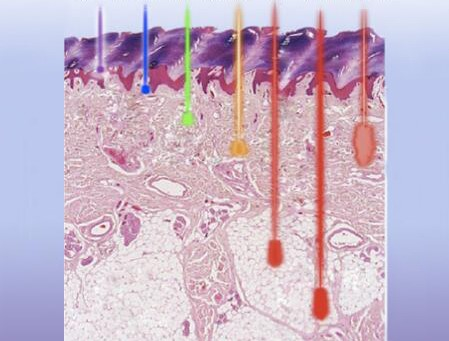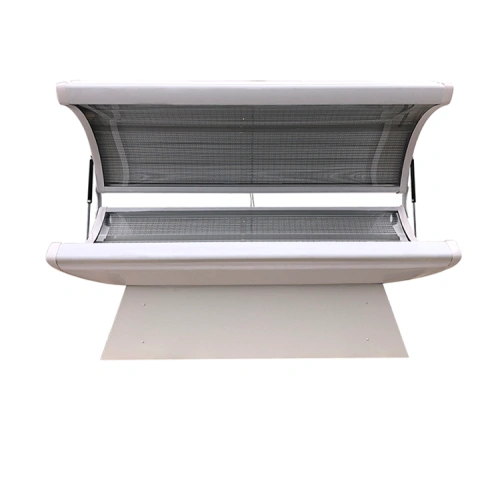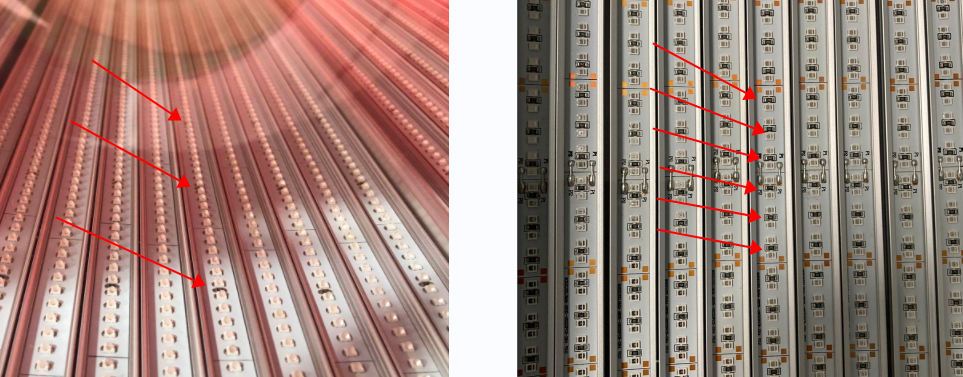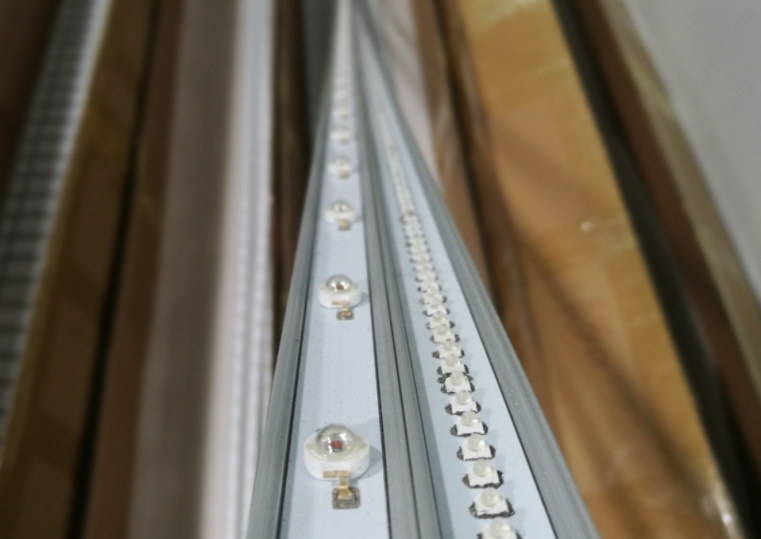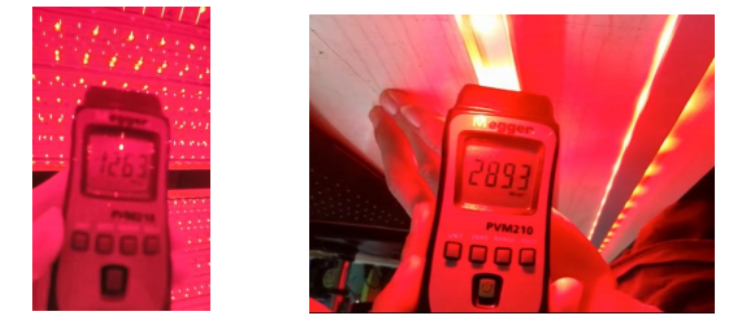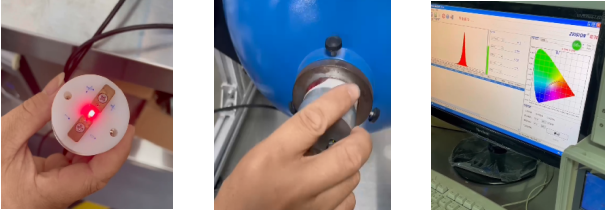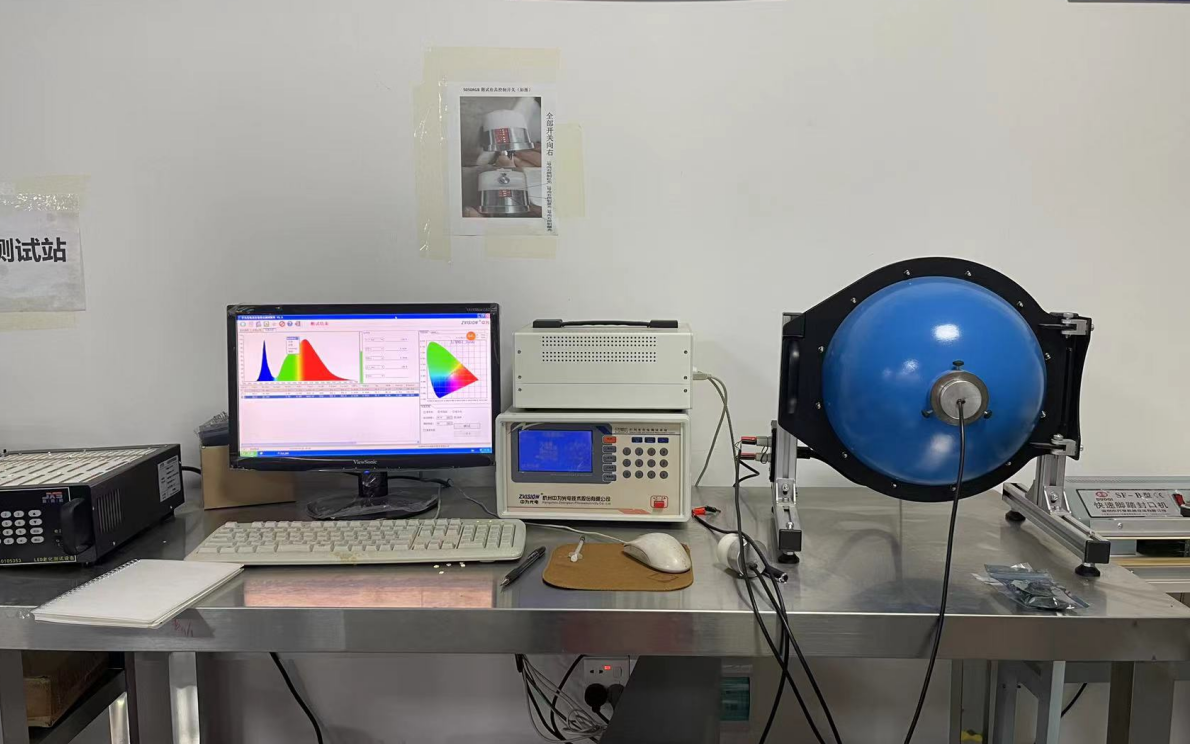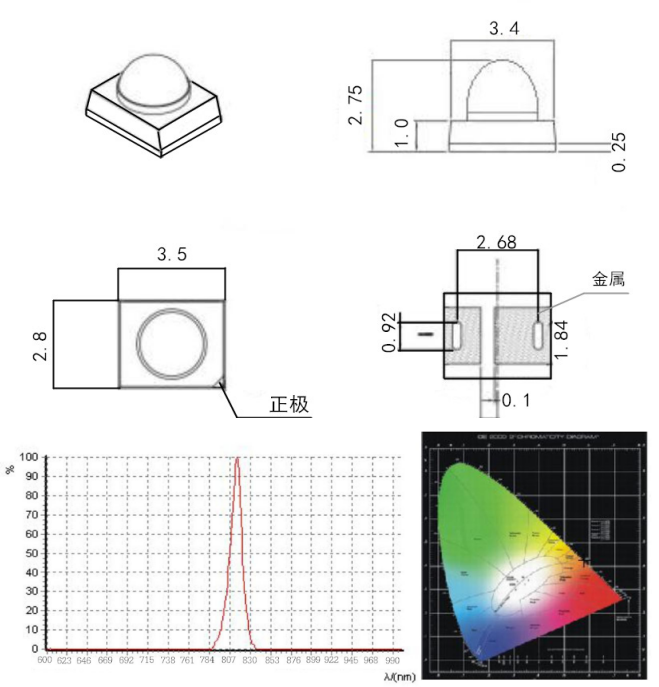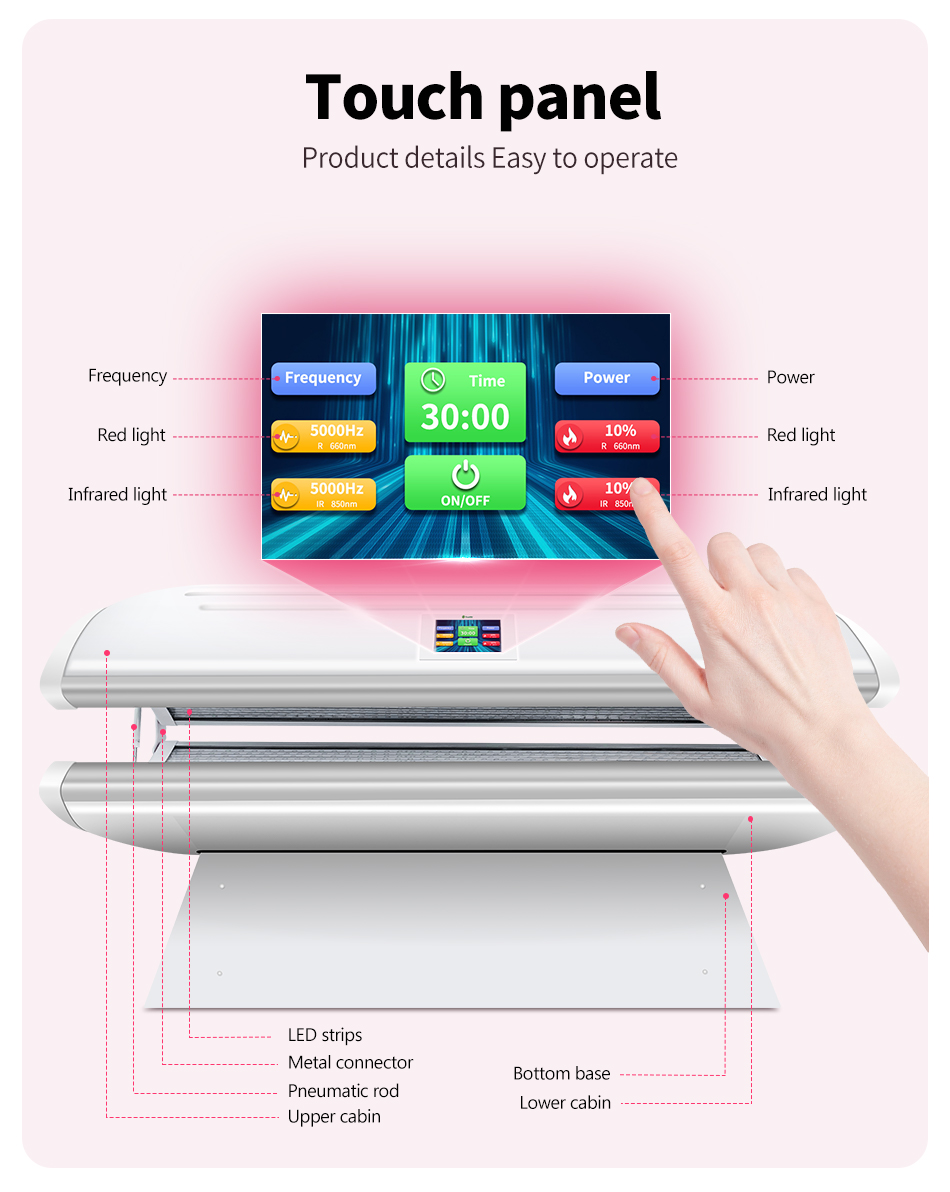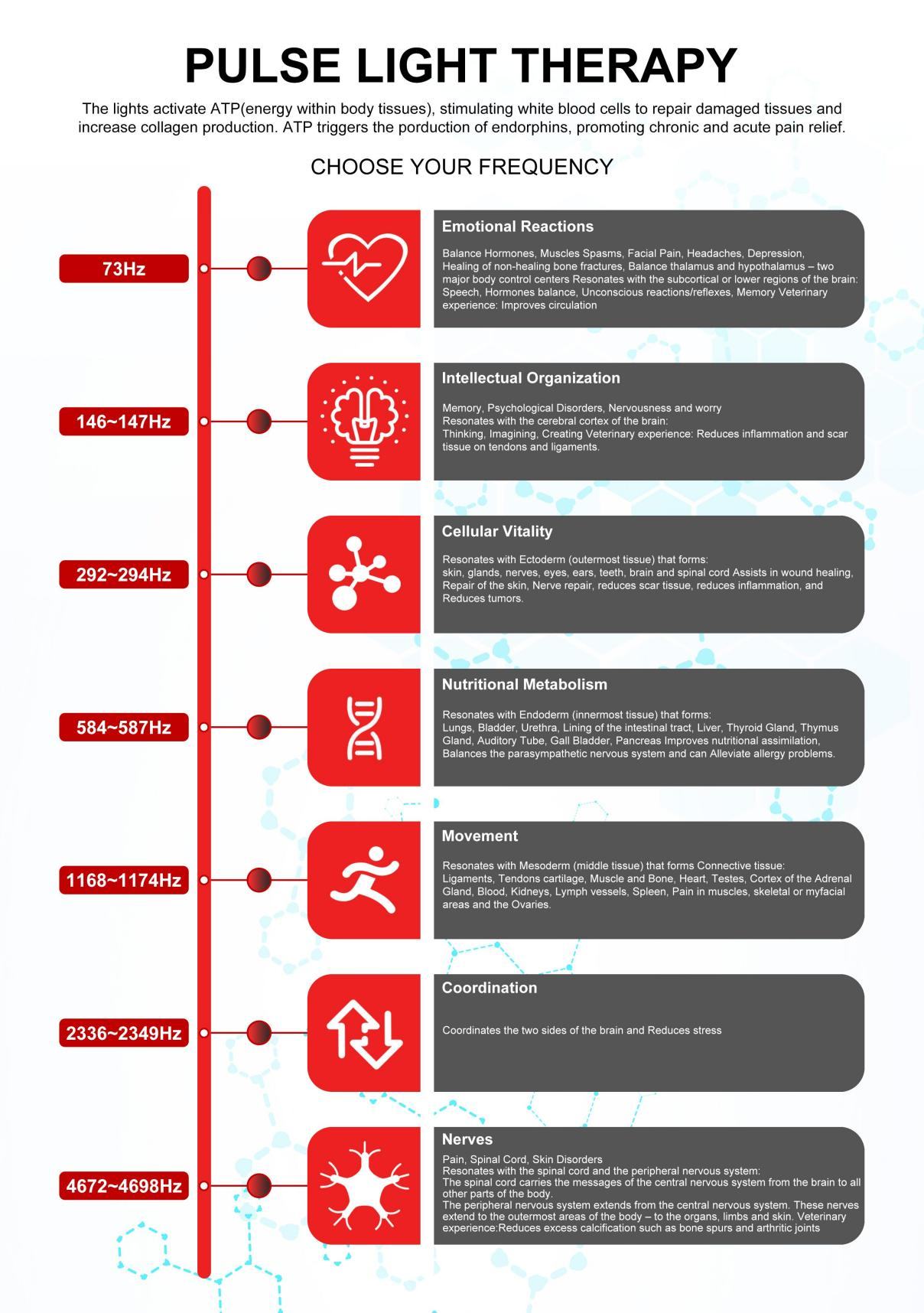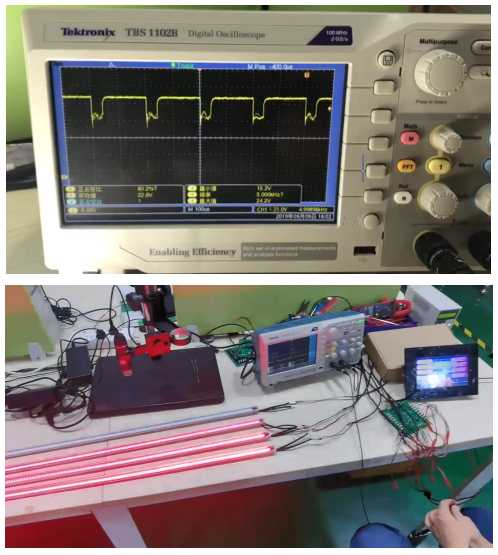It has been a long time that people used light of specific wavelengths to treat human diseases. Different wavelengths have different effects on human tissues, such as blue light, yellow light, red light, visible light, ultraviolet light of 380nm, and near-infrared and far-infrared light between 700nm-1070nm. The absorption rate of human tissues to light of different wavelengths is different, and different body tissues can absorb different wavelengths. These photon energies are absorbed by the human body, which can promote a series of physiological effects in our body, such as promoting cell metabolism, regulating the immune system, and reducing inflammatory responses. The red light bed selects a specific red light band combined with near-infrared and far-infrared bands, because the penetration depth of red light and infrared in the human body is different.(Infrared light has stronger penetration than red light)
As more and more researchers have invested in the research of phototherapy, the application of phototherapy has made great progress and has been applied in many daily fields:
1. Medical field
• Wound healing: It can promote cell proliferation and collagen synthesis, accelerate the wound healing process, and is especially suitable for wounds after surgery, sports injuries, skin ulcers caused by chronic ulcers, etc.
• Pain relief: It has a certain effect on relieving pain caused by joint pain, muscle strain, etc., and reduces inflammatory response by improving local blood circulation.
• Skin disease treatment: Such as acne, psoriasis, etc., red light can regulate the metabolism of skin cells, reduce inflammation and sebum secretion.
2. Beauty field
• Anti-aging and skin rejuvenation: Stimulate collagen production, increase skin elasticity, reduce wrinkles and sagging, and make the skin firmer and smoother.
• Improve skin color: Promote blood circulation, increase skin gloss, and improve dull skin color.
3. Benefits
1. Non-invasive: No surgery or injection is required, there is no trauma to the body, and the risk of infection and complications is reduced.
2. High safety: Red light therapy usually does not cause obvious side effects and is suitable for most people.
3. Easy operation: The treatment process is simple and quick, and patients can receive treatment in a comfortable environment.
4. Promote blood circulation: Increase the oxygen content in the blood, improve the nutrient supply of tissues, and help the body's recovery and health maintenance.
5. Accelerate metabolism: Stimulate the metabolic activity of cells, promote waste discharge, and improve the body's self-repair ability.
Then how to choose a reliable RED LIGHT BED for your business or health?
Red light therapy, also known as PBM therapy, photodynamic therapy. Usually people use red and infrared light for combined treatment. Specific wavelengths of light can penetrate into different tissue and stimulate the cell to start self restoration. Because infrared light is beyond the scope of the eye recognition, only red light can be clearly seen by human eye, so it is generally called red light therapy.
Red light bed is aimed at the whole body irradiation. There are two main uses for the red light bed, one is for weight loss skin beauty in spa and the other is pain treatment in clinics. The most widely used on the market is the LED diode type red light bed. Because LED have the advantages of long life, high stability, right wavelength, and easy control.
There are many options for the price of red light bed, from 3k to 60k dollars, or even 140k dollars. But which one is suitable for you? How to choose a right red light bed?
1.POWER
Optical power, Luminous power (1 mW/cm²=10 W/m²)
Physically, optical power play an important role in the light penetration ability and output energy ability. So it is closely related to the performance and the treatment effect. If the optical power of the device is 100 mW/cm², the calculation of energy is as follows, 100 mW/cm²X 60 seconds / 1000 = 6 Joules/cm² per minute. Nasa-supported studies and many published studies use 4-6 joules/cm² of light energy delivered to the body for pain treatment, wound healing, especially for deeper joint inflammation. Therefore, it is reasonable to believe that at least 80-100mw/cm² optical power is required to be effective for whole-body irradiation.
Electric power (1 W=1000 mW)
The optical power and electric power are different concepts. The larger electric power normally will lead to the stronger optical power. Because the conversion of electric power into optical power will have most of the energy consumption. But according to different types of light-emitting systems(LED strips circuit design, LED or fluorescent tube, LED with lens or without lens, LED strips distance to body), the photoelectric conversion rate varies greatly.
As shown in the figure below, the right LED strips have much more black resistors , so most of the electrical energy is consumed on the resistors. Under the same electric power, the left Suyzeko LED strips can irradiate higher optical power (more light energy.)
The following picture shows two kinds of Suyzeko LED diodes, high-power big LED and ordinary small LED. The surface of these two types of SMT LED both have a lens for light focusing. Under the same electric power, the LED with lens can reach higher optical power and more light energy can penetrate deeper.
The medium and the distance that LED light go through also affect how much light energy reach human body. Bed models generally require a person to lie on a transparent board, so the closer the light strips to the body, the better. And the numbers and the thickness of transparent board, the less the better.
So apart from the complicated physics, the simplest is to use a normal irradiance measuring instrument to test. (You can buy on ebay for around $100.) When testing, you should test it at different areas inside the red light cabin to get roughly average parameters. Many suppliers do not allow customers to measure their products in their showroom because they play a trick by putting the testing equipment close to the surface of one LED, especially infrared LED, to get a picture or short video with high optical power parameter.
Left picture: test inside the cabin and get 1263 W/m2=126.3 mw/cm2 (average)
Right picture: test on surface of LED and get 2893 W/m2=289.3 mw/cm2 (highest)
2.WAVELENGTH
Different wavelengths have different penetration abilities, reach different tissues, and produce different effects. Most devices among market provide 630-680nm red light and 800-1070nm near-infrared light. It is normal to have wavelength deviation for different LED devices, especially as working temperatures rise, but most of the center wavelengths are within the rated deviation range, generally ±5 to 10nm. In addition to longevity, this is why LED beds are so much better than fluorescent tube beds. For the fluorescent tube, the temperature is higher and the heat dissipation is poor, so the wavelength deviation is much larger and the treatment effect is not as good as LED bed. Therefore, the choice of stable LED diodes has a great impact on the treatment effectiveness. Poor quality LED has many ineffective consumption, in fact, a lot of ineffective light energy can not be absorbed by the human body.
Suyzeko customize high quality LED diodes with lens, and each batch need to be tested by professional integrating sphere instruments to ensure the stability.
For a LED bed, the capability to adjust wavelengths is also an important factor in the clinical treatment. As mentioned above, LED have the advantage of being controllable. In addition to different powers of light, and different wavelengths of light, there are also many clinical trials or studies on different frequencies of light, also known as pulsed light. Frequency is the number of times a periodic change is completed per unit time, and it is a quantity describing the periodic change. One hertz(1 Hz) means one change in a second, the equivalent of light flashing once in a second. Many studies have demonstrated the effectiveness of pulsed light for specific body part and diseases. For example, for brain irradiation, 10Hz pulsed light has a good effect on meditation and sedation, which can treat PTSD, anxiety and depression and other diseases; 40Hz pulse light has a good effect on memory and cognition improvement, which can treat dementia, Alzheimer's, Parkinson's.
